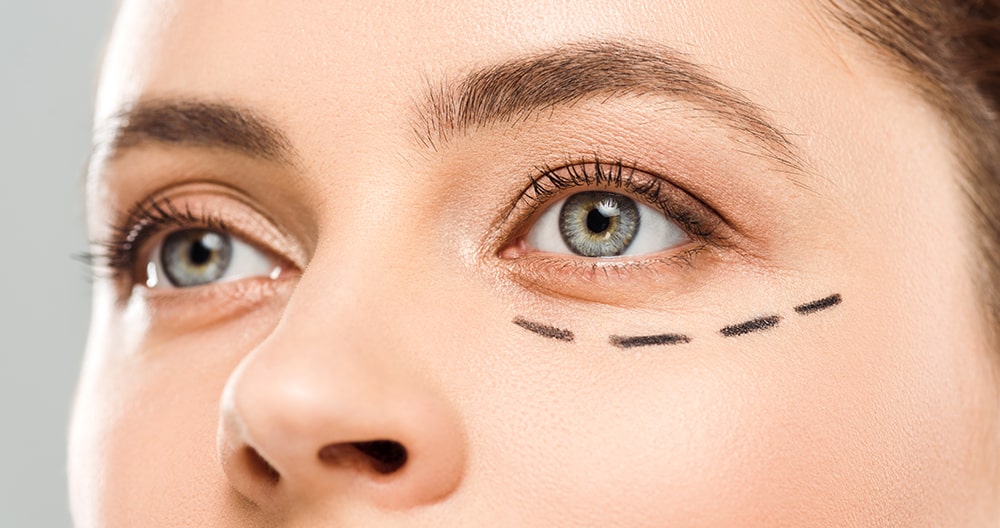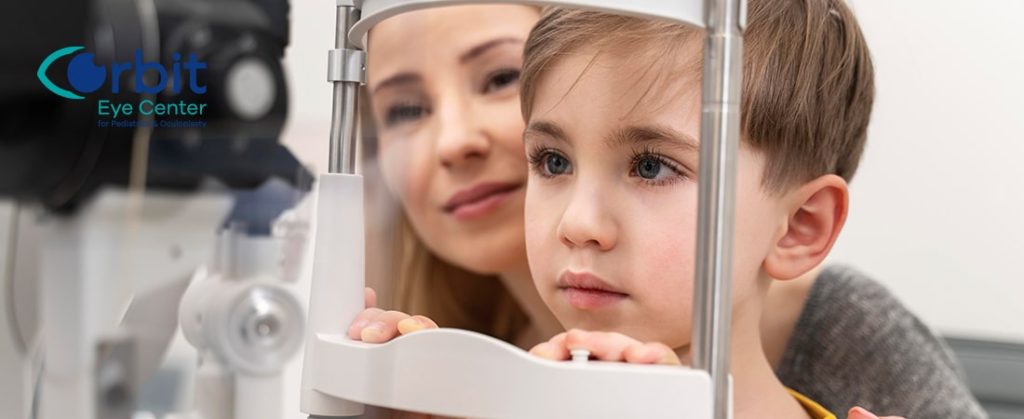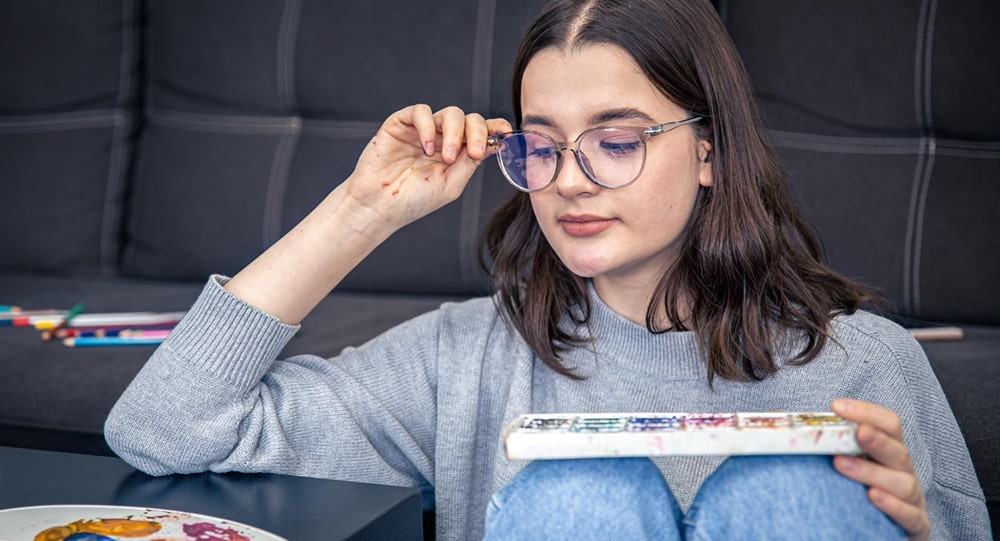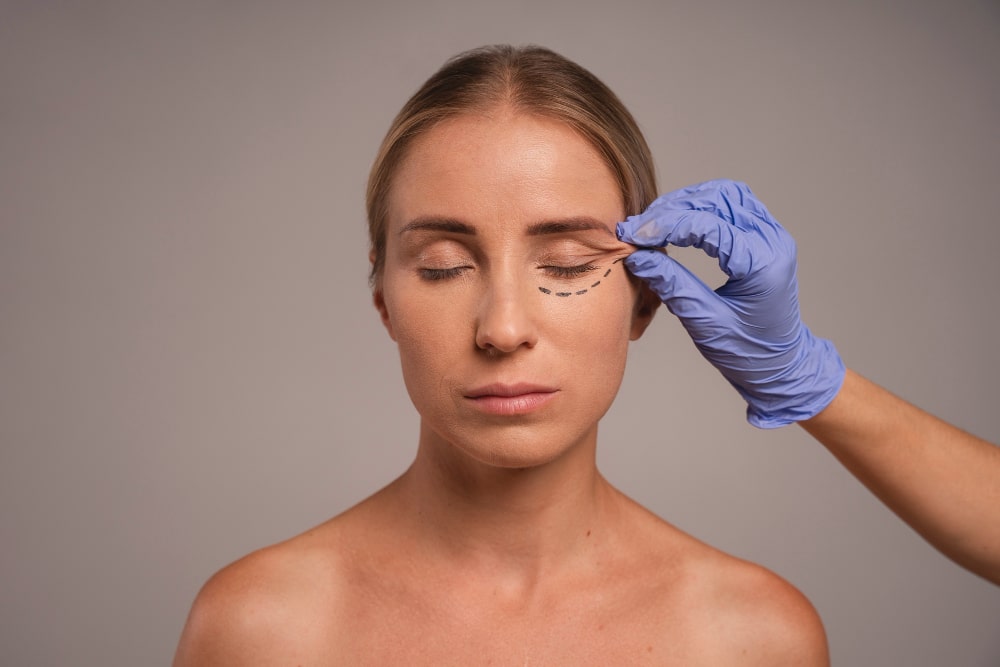What is an Artificial Eye?
An artificial eye, also known as a prosthetic eye or ocular prosthesis, is a treatment option for individuals who have lost their eyes due to an injury or disease condition and involves implantation of the artificial eye into the eye socket after removing the damaged natural eye.
Artificial eyes are made of glass or plastic acrylic and consist of an oval white outer shell that duplicates the white color of the natural eye and a round central portion painted to look like the iris and pupil. An artificial eye cannot restore vision but can greatly improve quality of life by restoring a normal appearance to the face.
Indications for Artificial Eye Implantation
Artificial eyes are mainly recommended as a remedy for people who have lost eyes due to various causes such as trauma or injury, tumor or cancer, glaucoma, infections, and complication from surgery or in people with eye deformities such as phthisis bulbi (shrunken, non-functional eye), anophthalmos (congenital absence of eye), and microphthalmos (abnormally small-sized eyes with anatomic malformations).
Preparation for Artificial Eye Implantation
In general, preoperative preparation for artificial eye implantation will involve the following:
- A complete eye examination to evaluate the overall health of your eyes
- A review of your medical history
- A discussion about any medications or supplements you may be taking as some can complicate your surgery
- Avoiding wearing any eye makeup or face cream
- Arranging for someone to drive you home after surgery
- Signing an informed consent form after discussing the pros and cons of the procedure in detail with you
Procedure for Artificial Eye Implantation
For most individuals with an injured, malformed, or diseased eye, surgical removal of the eye becomes necessary before an artificial eye is implanted. The natural eye is removed and an ocular implant is placed. The ocular implant is a hard, rounded device that is surgically and permanently embedded deep in the eye socket. The artificial eye is then created to fit the ocular implant. The surgery is usually performed under local anesthesia with sedation, but general anesthesia may be an option. A wax impression of the front of the eye socket is taken and the artificial eye is built to fit the ocular implant. The iris is then painted to match the healthy eye.
Postoperative Care and Recovery
The pupil of the artificial eye does not dilate or constrict like the normal eye and does not move within the socket. Hence the pupil of both eyes may appear unequal. Additional fittings or adjustments of the artificial eye may be required weeks or months after the initial placement as the eye socket may change shape over the course of healing. Oral antibiotics or antibiotic eye drops may be given for a few days after the eye surgery. The eye socket is kept covered to allow time to heal. Avoid strenuous activities for a specified period of time to prevent stress on the eye socket as it heals. Instructions on bathing, driving, and surgical site care will be provided.
Maintenance of an Artificial Eye
For proper maintenance of your new artificial eye, you should follow these best practices:
- Use an eyewash or saline solution to clean the eye socket
- Use normal water and soap to clean the artificial eye
- Use lubricating eye drops daily to help prevent dryness
- An annual follow-up visit for periodic check-up and polishing of the artificial eye
- Changing the artificial eye once every 5 years
Risks and Complications
Artificial eye implantation surgery is a relatively safe procedure; however, as with any surgery, some risks and complications may occur, such as:
- Bleeding
- Infection
- Temporary eye tightness or discomfort
- Anesthetic complications
- Inflammation of the healthy eye (rarely)
- Vision loss of the healthy eye (rarely)
Consult a Leading Specialist for Artificial Eye Treatment in Dubai – Dr. Walid Abdalla
Advanced Treatments & Technology
Experience High Standards of Care at Orbit Eye Center
Ask your Doctor
The lifespan of an artificial eye varies depending on factors such as the materials used, the wearer’s care routine, and changes in the eye socket over time. Generally, well-maintained artificial eyes can last several years before requiring replacement or adjustments.
Yes, you can still blink with a fake eye. The artificial eye is designed to fit comfortably within the eye socket and does not hinder the natural blinking reflex. The artificial eye is custom-made to resemble a real eye and is carefully fitted by an ocularist to ensure proper alignment and movement.
An artificial eye is custom-made to closely resemble a real eye. It is typically made from medical-grade materials and is carefully hand-painted to match the color, size, and texture of the natural eye. The artificial eye is designed to fit comfortably within the eye socket and is expertly crafted by an ocularist to ensure a natural appearance.
Yes, blepharoplasty can be performed under local anesthesia with sedation or general anesthesia. The choice depends on the patient’s preferences, the extent of the procedure, and the surgeon’s recommendation. Some patients prefer to be awake with local anesthesia and sedation, which keeps them relaxed and comfortable during the surgery. Others opt for general anesthesia to remain completely unconscious during the procedure.
Artificial eyes offer several benefits. They restore a natural appearance to the eye socket, boosting self-confidence and enhancing facial symmetry. Additionally, they can improve comfort by preventing eyelid irritation often experienced in cases of eye loss.























